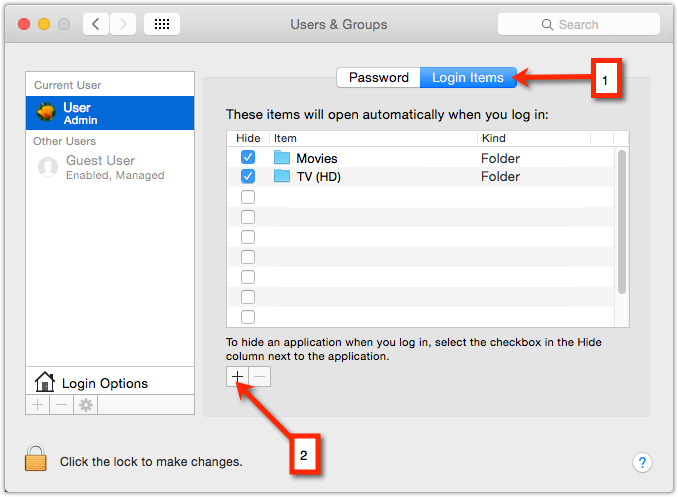Map Network Drive Mac Os Mojave
- UPDATE: You can automatically mount your Windows drive every time you login to your Mac by adding it to your Login items. In System Preferences, Accounts, choose the 'Login Items' tab and add the.
- Jun 12, 2020 Mac OS X. Select Finder, which is located at the bottom of your Mac screen. Under the Shared section located to the left of the dialog box, select the network drive you wish to disconnect. Then, select the Eject symbol to the right.
Latest versions of macOS contain various methods to see the hidden files on Mac. The process is very simple and straightforward to see if any invisible file is stored in your Mac. Like, you can use Terminal or shortcut key to access the hidden files on Mac. Although, it is also possible to see the hidden files and folders of the external drive. We all are unaware of such files lurking in our Mac and consuming storage. However, they aren’t just garbage some are useful and supports Mac to run some programs.
Aug 23, 2016 In this video, I talk about how to map a network share folder to your Mac OS X 10.10 onward permanently and also how to create a desktop shortcut for the network share.
All such files are kind of privileges and make your MacBook smooth. So if you are eager to see what are these files and folders in your Mac then read on this tutorial, how to show hidden files on Mac.
we are happy to help you, submit this Form, if your solution is not covered in this article.
Map Network Drive Mac Os Mojave 10 14 Download Free
Different Ways to Show Hidden Files on Mac
How to show hidden files on Mac using Terminal
Step #1: Launch “Terminal” from the Spotlight.
Step #2: Type the command,
For macOS X 10.9 or later
defaults write com.apple.finder AppleShowAllFiles -boolean true; killall Finder
For macOS X 10.8 and earlier
defaults write com.apple.finder AppleShowAllFiles TRUE; killall Finder
How to show hidden files on Mac using Keyboard Shortcut

Step #1: Navigate to the folder or directory where might be hidden files are stored from the Finder.
Step #2: Press Command+Shift+Period. Once you press these keys, the hidden files will be visible.
Step #3: Now, you can see how many files are hidden.
How to Show Hidden files stored in External Drive on Mac
Step #1: Turn on the Mac and connect the External Drive to the Mac.
Step #2: Open” Finder”.
Step #3: Now launch “Terminal”. Simply press command+spacebar and type Terminal.
Step #4: Enter the following command and hit the return key,
Defaults write com.apple.Finder AppleShowAllFiles YES


Step #5: Hold down the Option or Alt key on the keyboard and then right click on the“Finder” on Dock. There select “Relaunch”.
Premium Support is Free Now
We are happy to help you! Follow the next Step if Your Solution is not in this article, Submit this form without Sign Up, We will revert back to you via Personal Mail. In Form, Please Use the Description field to Mention our reference Webpage URL which you visited and Describe your problem in detail if possible. We covered your iPhone 11 Pro, iPhone 11 Pro Max, iPhone 11, iPhone 8(Plus), iPhone 7(Plus), iPhone 6S(Plus), iPhone 6(Plus), iPhone SE, SE 2(2020), iPhone 5S, iPhone 5, iPad All Generation, iPad Pro All Models, MacOS Catalina or Earlier MacOS for iMac, Mac Mini, MacBook Pro, WatchOS 6 & Earlier on Apple Watch 5/4/3/2/1, Apple TV. You can also mention iOS/iPadOS/MacOS. To be Continued...
Step #6: Next, click on the External Drive on the list and then you can see the hidden files and folders stored on the external drive.
Do you have any problems to Show Hidden Files on your Mac or getting error code? Don’t worry, let me know in the comments, we will try to kick out it! Thank you for Reading Us!
A network 'drive' isn't a drive that will show up as a Hard drive on the desktop.
The location on the network where you access those files is mounted as a Volume and you can create an alias to that Volume either in the Sidebar or on the Desktop, if you like. Either drag the folder to the Sidebar, or drag it to the Desktop holding down cmd+option(alt). When you double-click on the icon, it will mount the volume and display the contents.
If you want it to mount on login, add the volume to your login items.
Map Network Drive Mac Mojave
Feb 15, 2013 5:04 AM